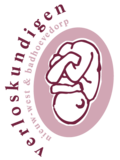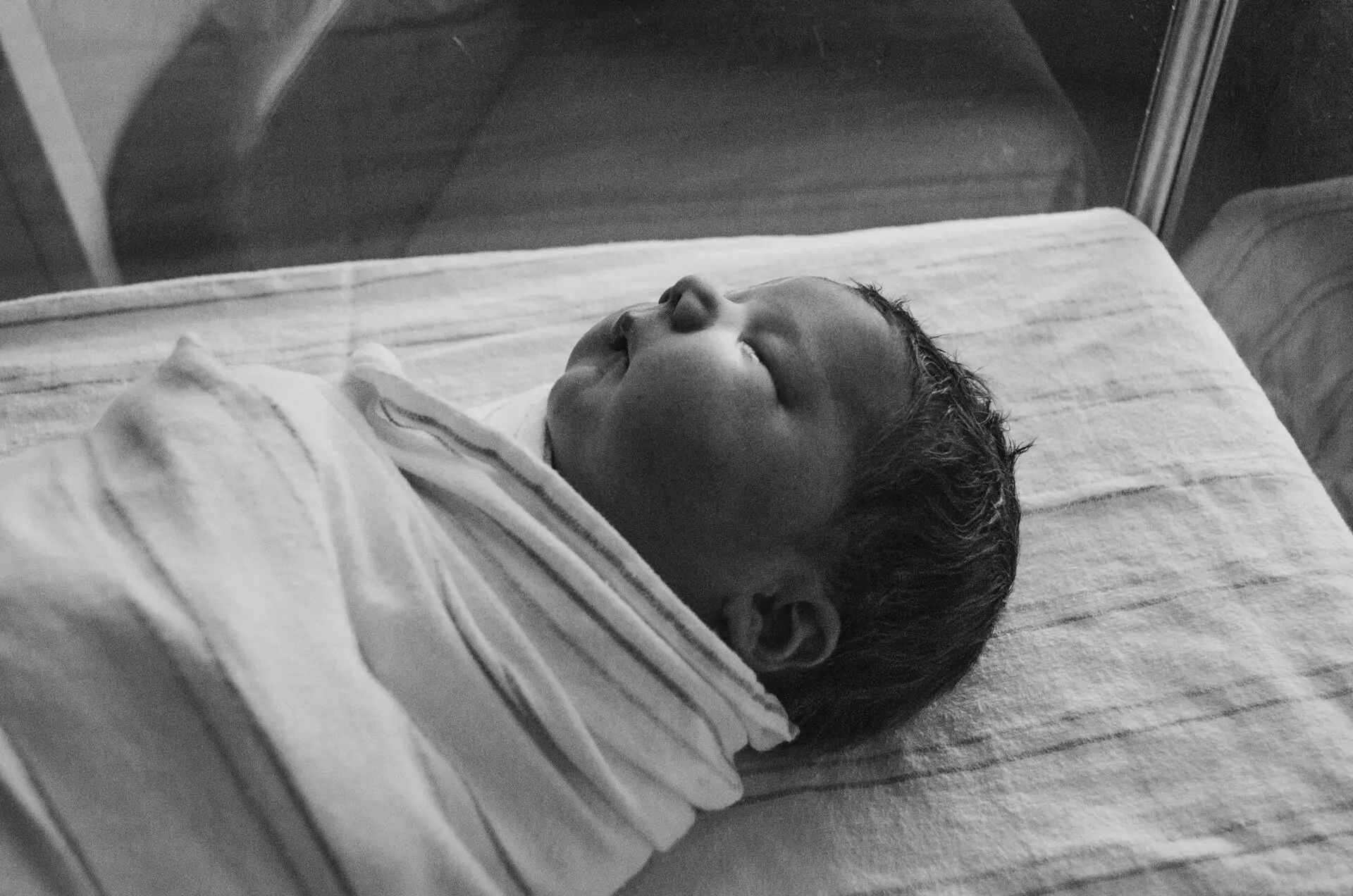The delivery: what do you need to know?
For those who know us, you'll know we stand for straightforward, practical midwifery. But what does that mean? Nowadays, there are so many podcasts, books, and opinions from influencers and experts on childbirth. It’s great that there’s something for everyone, but these different perspectives can sometimes cause uncertainty. Am I doing it right? Am I failing if I choose pain relief? Should I opt for a home birth or a hospital birth, even if I don’t want to?
"We see that alongside proud and satisfied new mothers, some mothers feel sad after the birth and feel as though they’ve failed."
Childbirth is not a performance you can plan
A birth can rarely be planned. It’s a balance between your body and the baby’s condition, position, and birth weight, with many other factors at play. Labour can sometimes last longer than expected, leading to exhaustion. Our approach to birth is realistic and open. We are here for you and your family. This means supporting you where necessary and possible. We believe that freedom of choice and communication are essential during and around labour.
Looking for a midwifery practice near Amsterdam or Badhoevedorp? |
Pain and pain relief during labour
We’ll work with your preferences, and at around 34/35 weeks, we’ll have an in-depth conversation about the birth process. We’ll discuss how labour usually progresses and talk through different scenarios. If labour progresses smoothly and you feel you're getting closer to meeting your baby, the pain is often manageable. If labour lasts longer than expected and exhaustion sets in, it’s wonderful to have pain relief available! Sometimes, pain relief can even help labour progress, leaving you with a positive birth experience. If things move quickly and you get breaks between contractions, feeling supported and safe, pain relief might not be necessary at all. There is no right or wrong.
Childbirth isn’t black and white
It’s hard to know beforehand whether you’ll need pain relief. Every birth is different, and even the pain from contractions can vary for the same woman during different births. We stand for freedom of choice, safe and straightforward care, and believe in providing you with honest information so you can approach childbirth with confidence and an open mind.
What if things don’t go as planned?
In the Netherlands, primary and secondary care midwives (clinical midwives) handle most births. We manage low- and medium-risk births, sometimes in the hospital, sometimes at home, ensuring a normal progression. If complications arise, we may move to the hospital, or our colleagues will take over from us in the hospital. We’ll step back. We discuss these kinds of scenarios during pregnancy and how even a medical birth can still be a positive experience.
Be proud of giving birth
However your delivery unfolds, whether at home or in the hospital, whether you choose breastfeeding or formula feeding, pregnancy and birth are incredible achievements that demand a lot physically and emotionally from a woman. Every woman has a chance of needing a caesarean section, and even then, it’s an amazing accomplishment that requires great mental and physical resilience. Be proud of this achievement!




